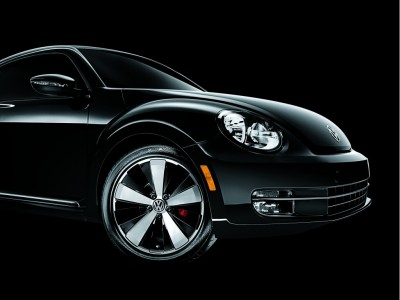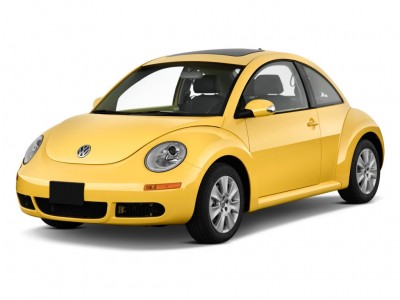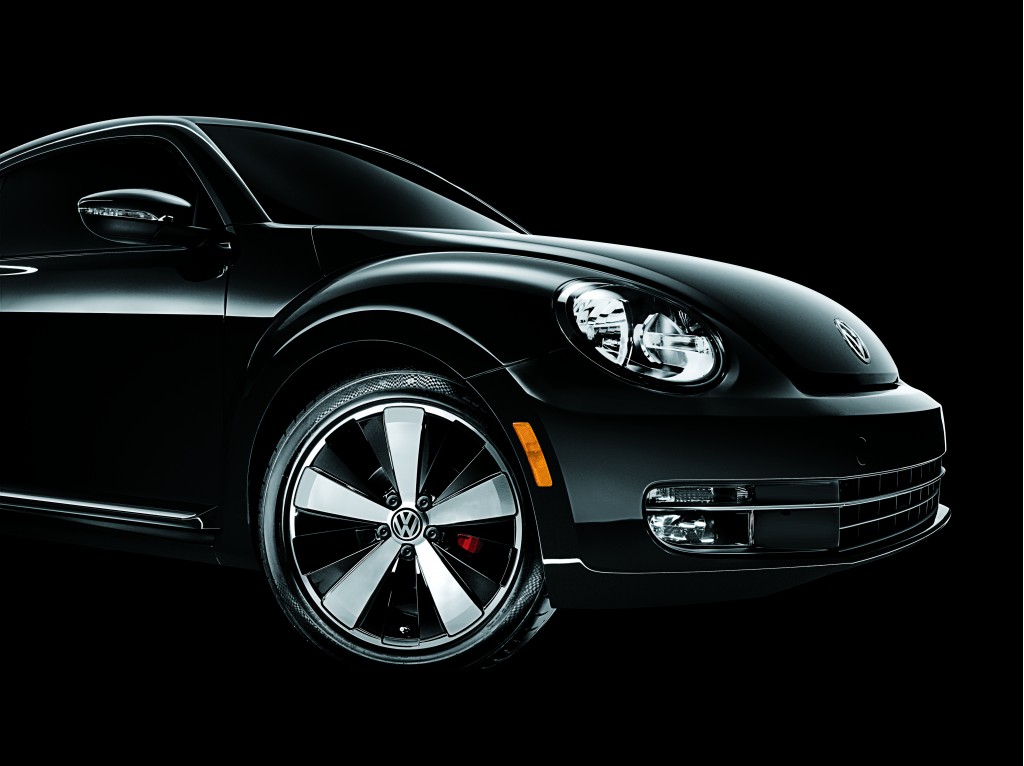Note: This is a guest post from one of Gaywheels’ newest contributors, Elizabeth Archuleta. You can follow Elizabeth on Twitter at @Thoughtwoman, or on her blog, cassiehack.
* * * * *
 At the beginning of the 2012 model year, the Volkswagen Beetle went through a sex change. I didn’t even know it was transitioning, but the print ads made it pretty clear:
At the beginning of the 2012 model year, the Volkswagen Beetle went through a sex change. I didn’t even know it was transitioning, but the print ads made it pretty clear:
“It’s a boy. But not much of a baby. This all-new Beetle is, in fact, a whole new man. One that comes with an available turbocharged, 200-horsepower engine, as well as a bold new take on an iconic design.” [via Breaking Copy]
This transformation signals one of two things.
If the Beetle has been a woman all along, the 2012 changeover means that it’s now one of the world’s most high-profile transsexuals (or maybe drag kings).
On the other hand, it’s possible that the Beetle has spent the past several decades as a cross-dressing man. Maybe he’s straight like Eddie Izzard, maybe he’s gay like Ru Paul, but either way, he’s decided to stash his heels in the closet.
To pass as female, Beetles wore “girly” colors that ranged from pastels to flamboyant shades, so they could showcase their fun, flashy personalities. The “New Beetle” that debuted in 1998 even had a space in the dashboard to carry flowers, and occasionally wore hubcaps sporting flower designs.
 No one thought anything about a pink or yellow or lime green bug, but you wouldn’t catch a het-man in one. Society clearly accepted the Beetle as a female, and she paraded her femininity everywhere — for example, in Mandy Moore’s debut video for the song, “Candy“.
No one thought anything about a pink or yellow or lime green bug, but you wouldn’t catch a het-man in one. Society clearly accepted the Beetle as a female, and she paraded her femininity everywhere — for example, in Mandy Moore’s debut video for the song, “Candy“.
So why did the Beetle undergo a sex change when it returned for 2012 (notably, not as the “New Beetle”, but just the “Beetle”)? Maybe it had something to do with chauvinism. This is a man’s world — or so they say — so who wouldn’t want to be more masculine and reap the benefits of white, heterosexual privilege?
But that raises an interesting question: how does a car undergo a sex change in the first place? What signals to the world that this is now a manly car instead of a girly one?
For starters, you get rid of the pastels and pinks, and you paint the car black. Think Zorro or Batman — or perhaps the very butched-up Catwoman.
Second, it has to have soul, so you drop a funky, 60s song by a Black singer into the car’s TV commercials — in this case, Shirley Ellis’s “The Clapping Song”. After all, straight white men like to think they can dance, even when they can’t.
Third, you include fist bumps in those commercials to indicate that Beetles now have soul and can rightfully claim a place in bro culture. The fact that the man driving the Beetle gets a fist-bump-of-approval from his fellow dudes on the street signals his acceptance into the exclusive culture of white, heterosexual masculinity. Have a look:
Finally, you change the way people talk about you. Use manly words to describe the Beetle such as “aggressive”, “turbocharged”, or “diesel”. Don’t these words just reek of testosterone and jet fuel?
But there’s a a bigger question looming: why did Volkswagen launch such an aggressive effort to attract male car buyers? According to the Wall Street Journal, it’s “widely accepted wisdom in the car business … that women will by [sic] ‘boy cars’ but men won’t buy ‘girl cars'”.
Really? Then why do straight men typically assign a female name to anything that has an engine, like a car or a boat? Why do they refer to their motorized vehicles as sexy, beauties, or their babies? There seems to be some sort of a disconnect.
Also, why do car manufacturers think women only buy cars because they’re cute? Do they think we don’t want to drive something that is supercharged or turbo or diesel?
When will car manufacturers get off of the heteronormative bandwagon and just market cars to people, period?

Comments are closed.